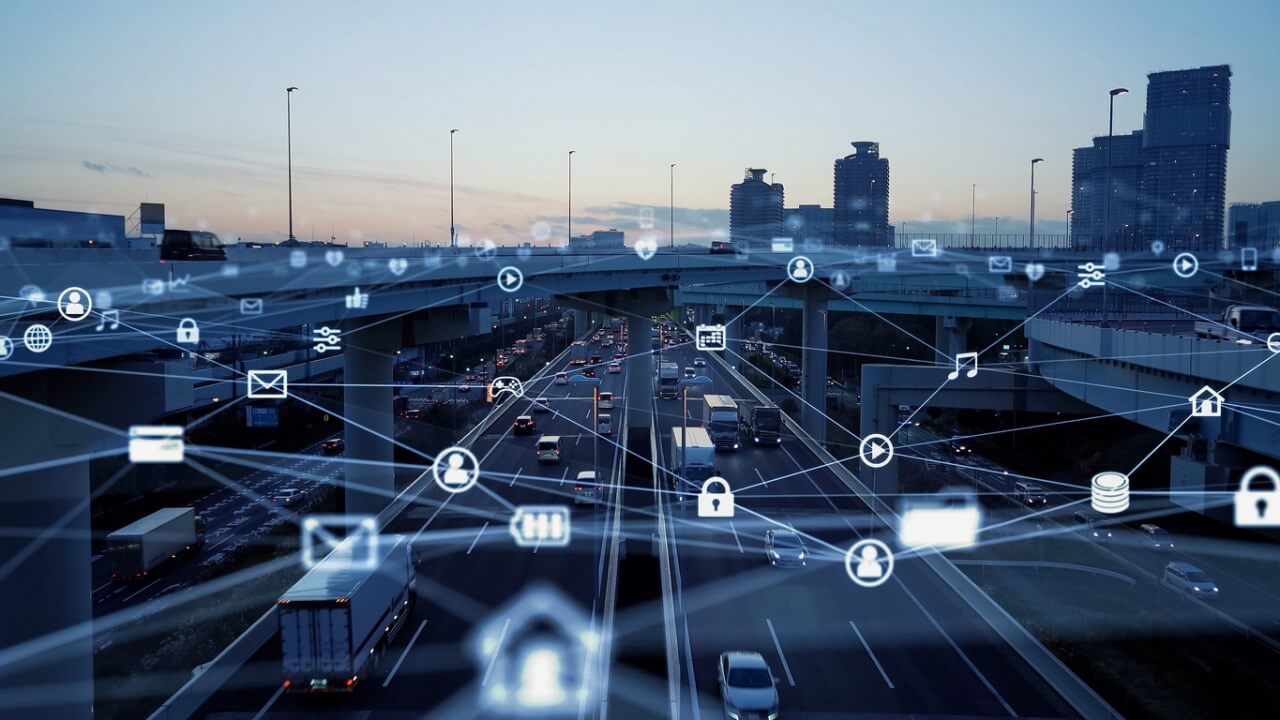IoT Trends for 2024
The Internet of Things (IoT) continues to revolutionise industries by connecting billions of devices worldwide. This constant expansion not only opens new avenues for innovation but also highlights the crucial role of IoT cyber security in safeguarding our connected future. With the projected growth of IoT devices set to reach nearly 29 billion by 2030, understanding the emerging trends and their implications on security is more important than ever.
1. The rise of Artificial Intelligence of Things (AIoT)
The fusion of AI with IoT, known as AIoT, is set to transform how we interact with connected devices. By integrating AI and machine learning capabilities directly into IoT systems, devices can process data and make intelligent decisions locally, reducing latency and enhancing efficiency. This trend is particularly significant in sectors such as manufacturing and healthcare, where real-time data analysis and decision-making are crucial.
However, the rise of AIoT also brings about complex IoT cyber security challenges. Intelligent systems are attractive targets for cyber attacks due to the sensitive data they handle. Therefore, enhancing IoT cyber security protocols to protect against AI-specific threats, such as data poisoning or model theft, is vital. Enterprises will need to invest in advanced cyber security technologies that can keep pace with the sophistication of AI-driven attacks.
2. Edge computing is on the rise
Edge computing means running fewer processes in the cloud and moving those processes to local places, such as on a user’s computer, an IoT device, or an edge server. This is becoming a game-changer in IoT trends by processing data at the edge of the network, closer to where it’s being generated. This not only speeds up the response times but also alleviates the bandwidth pressure on central servers. Key applications include AR/VR gaming and autonomous vehicles, where immediate data processing is essential.
From an IoT cyber security perspective, edge computing requires a decentralised approach to security. Traditional security measures focusing on centralised data protection might not be effective in a distributed edge environment. Therefore, implementing dynamic security solutions that can operate independently across various nodes and adapt to changing conditions is essential for safeguarding edge-computed IoT systems.
3. Blockchain for enhanced security and privacy
Blockchain is an advanced database mechanism for information sharing within a network. Effectively the database stores data in blocks that are linked together in a chain.
This technology is set to play a pivotal role in enhancing IoT cyber security by providing a secure, tamper-proof way of storing and managing data across a distributed network. In IoT applications like smart homes and healthcare systems, blockchain can help mitigate risks associated with data tampering and enhance privacy protections.
The decentralised nature of blockchain aligns well with the distributed architecture of IoT, making it an ideal solution for managing IoT cyber security risks at scale. As we move into the second half of 2024, the integration of blockchain into IoT devices will likely become more prevalent, providing a more secure and scalable framework for device management and data integrity.
4. The rise of 5G and the impact on IoT
The rollout of 5G technology is set to turbocharge IoT capabilities by offering faster speeds, reduced latency, and higher densities of connected devices. This will enable more complex and data-intensive applications, from industrial IoT to smart city infrastructure.
However, the expansion of 5G also introduces new vulnerabilities and challenges for IoT cyber security. The increased number of connected devices and the scale of data transmission can potentially widen the attack surface. Ensuring that 5G networks are secure from the outset, with built-in IoT cyber security features such as enhanced encryption and advanced authentication methods, will be critical for protecting against potential breaches.
5. Smart Cities and Sustainable Development
As we see the rise of Smart Cities, IoT technologies will be at the forefront of this transformation, helping manage everything from traffic and waste to energy use. Smart city initiatives rely heavily on IoT to collect and analyse data that drive sustainable outcomes.
Securing these vast networks of sensors and devices is a significant aspect of IoT cyber security. With critical infrastructure increasingly reliant on IoT, the potential impact of cyber attacks could be catastrophic. Robust security frameworks and continuous monitoring will be crucial to protect smart city ecosystems from vulnerabilities and ensure their sustainability goals are not compromised.
The Critical Role of IoT Cyber Security
As we look ahead to the rest of 2024, the trends shaping IoT offer exciting possibilities for innovation across various sectors. However, the increasing complexity and scale of IoT deployments make IoT cyber security more crucial than ever. By prioritising security in the design and deployment of IoT systems, we can harness the full potential of these technologies while safeguarding our digital and physical environments against emerging threats.
Get in touch with our team or explore CyberHive Connect – which is available for free use. Don’t wait to secure your IoT devices and protect your future.
- Is AI a Threat to Your Business? Cyber Solutions to Ensure Protection
- Prevent the Latest Quantum Threats with Post Quantum Cryptography
- Essential cyber security tips for small and medium enterprises
- Why Zero Trust Security is Crucial to Business Security
- Most common cyber security attacks and how to stay protected
Get in touch
If you have a question or would like some more information, contact us today.





